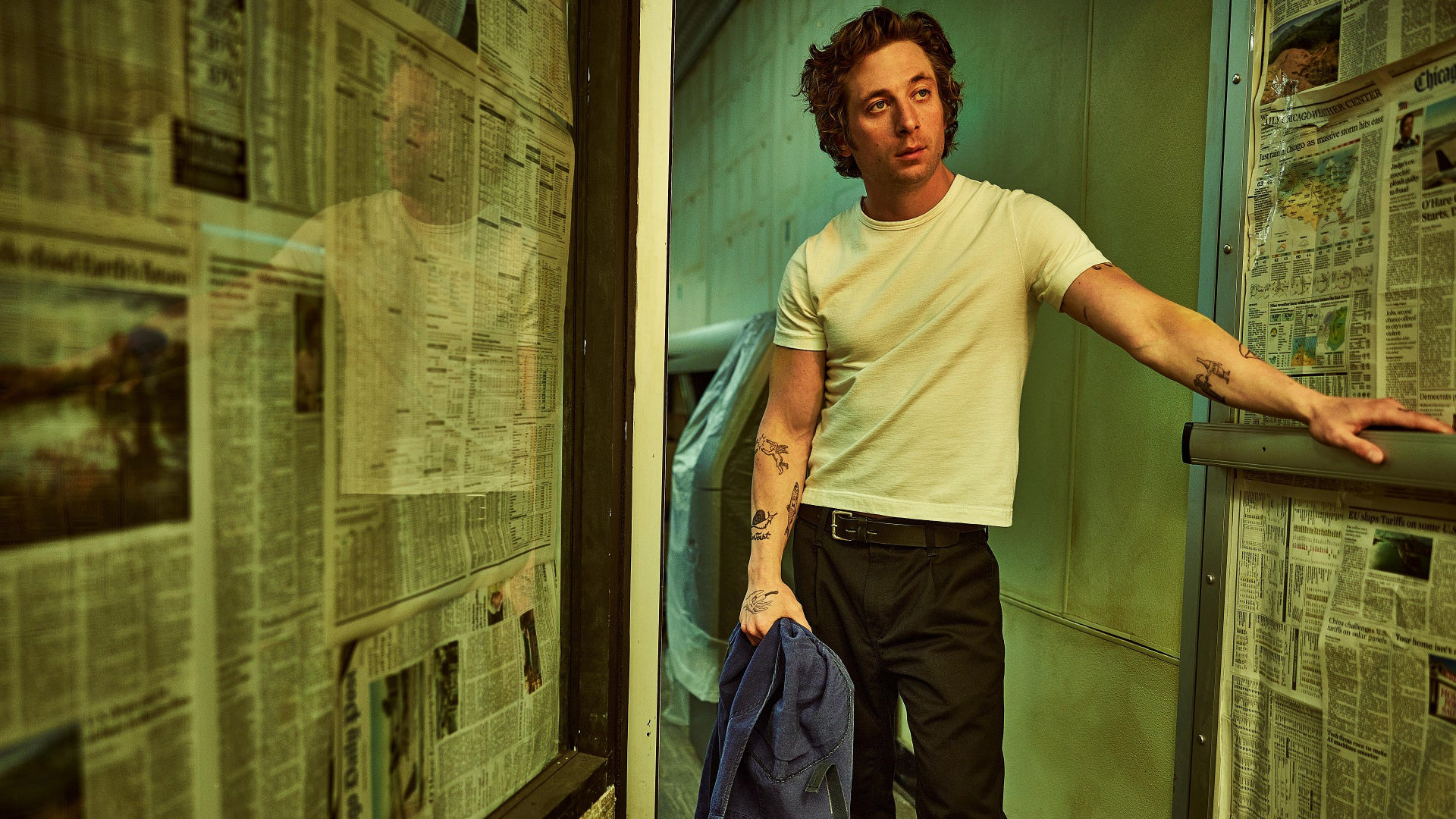Funny keychains for 2,000 euros? Fashion is back on track after the viral craze

These are not good times for a sense of humour. Trump in the White House , two intermittent wars (at least) on the international scene, the rise of the far right and the luxury crisis have not killed the fashion industry's ability to dream, but they have moderated its ways. And the change of cycle is real: in 2025 the board of the big houses continues to realign itself with changes of creative directors, flamboyant anniversaries and transitional collections. The arrival of the new order will come with the spring shows, but everything indicates that this year will mark the end of what we could call The Great Decade of Viral Fashion.
In recent years, the dove bag or the clogs with frog eyes by JW Anderson have been the friendly face of a phenomenon, that of meme fashion, which was measured in smiles and hearts. It was like a reissue of the superflat aesthetic theorized by Takashi Murakami in the nineties, in which adorable little dolls served as a counterweight to an increasingly distressing world. To trace its beginnings, we have to go back to 2015. Alessandro Michele arrived at Gucci and Demna at Balenciaga, while Jonathan Anderson and Jeremy Scott , already established at Loewe and Moschino respectively, began to bring out the heavy artillery. Together they left a good handful of images adored by the networks and replicated ad nauseam (or the meme) in the most meta era that can be remembered. Balenciaga bags shaped like moving bags or garbage bags coexisted with Michele’s digital dynamite, which turned his shaggy loafers and even illegal copies of his products into a phenomenon, #guccification, which pointed to the fury with which the networks welcomed his neo-baroque and queer euphoria. It was fashion that spoke of the contradictions of fashion and resolved them (or not) with irreverence.
And, during this decade, the numbers have been on the side of things. Between 2019 and 2023, the luxury sector as a whole grew at a rate of 5% per year. The pendulum reaction after the pandemic was an unprecedented rise. According to Business of Fashion , 80% of the growth was due more to the increase in prices – goodbye to three-digit labels, hello to four-digit labels – than to the volume of items sold. More has been sold than ever, but above all, more expensive. And the euphoria favoured the meme, just as the excessive twenties, before the crash, saw the rise of Dadaism or the surrealist haute couture of Elsa Schiaparelli .
Is the meme the new lobster dress? “In many consumption patterns I see virality, a new fundamental attribute of almost anything, which defines a new currency that overshadows aspects such as aesthetics, authenticity or wearability ,” explains consultant, curator and analyst Julian Daynov, collaborator of giants of the sector such as Harrod's or Saks Fifth Avenue. “We are just a click away from all the necessary tools to overcome any promotional obstacle, and at the same time it has never been easier than now to talk about uncontrolled consumption due to overexposure, hypervisibility, omnipresence and simulated and paid relevance.”
It may not be a coincidence that Murakami is now, in 2025, collaborating with Louis Vuitton again ; their first partnership, in 2005, marked a golden age for both. But their new collaboration is more subdued: it is a reissue of a classic, not a coup. It seems that fashion still needs content, but the meme frenzy is subsiding. Not in vain, in the last year, the few brands that have escaped the general decline in sales and income seem allergic to gimmickry: the artisanal luxury of Hermès or the very expensive and discreet clothes of Brunello Cucinelli . Today's bestsellers point to a change in trend that, paradoxically, could also be superficial: now, cashmere caps and impossible-to-find bags are viral. "At the end of the day, virality is what makes fashion desirable, makes us dream about it, and it has always been that way," concludes Daynov. “Funny items for 1,800 euros? Keychains for handbags for 2,000? For many people, who still adhere to a common sense that is in danger of extinction, these prices seem grotesque and extravagant, but who are we to judge whether someone feels better buying them?” she adds. Welcome to the founding dilemma of fashion.

Goodbye jokes, hello basics. According to the Lyst platform’s report for the last quarter of 2024, among the most digitally relevant items of the season are a pair of Puma Speedcat sneakers (ranked 3) and a pair of Clarks Wallabees shoes (ranked 9). The biggest risers of the quarter are for refined everyday clothing brands: Danish label NN.07, which makes some of the clothes worn by Jeremy Allen White in The Bear , and Stone Island, spurred on by a campaign with Liam Gallagher in the year of Oasis’ return. Pop enthusiasm gives way to conscious normcore .
EL PAÍS






